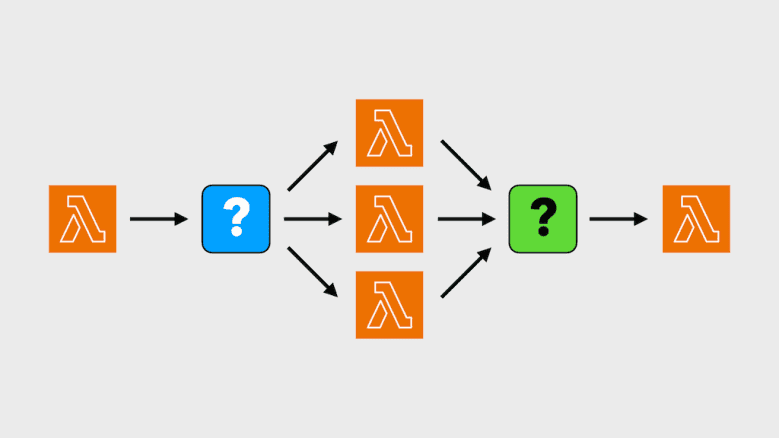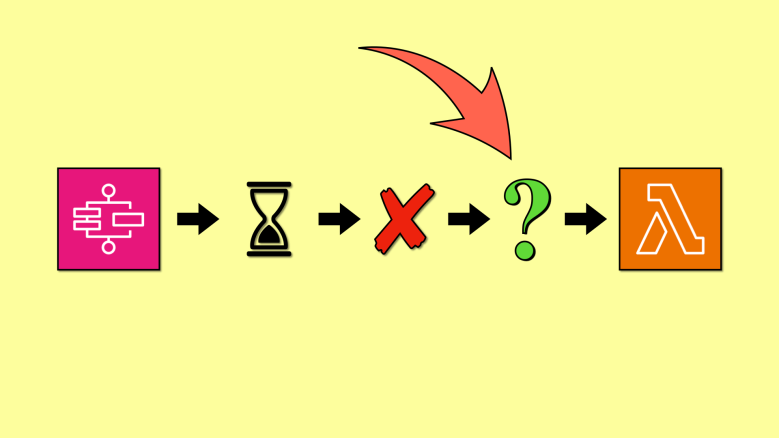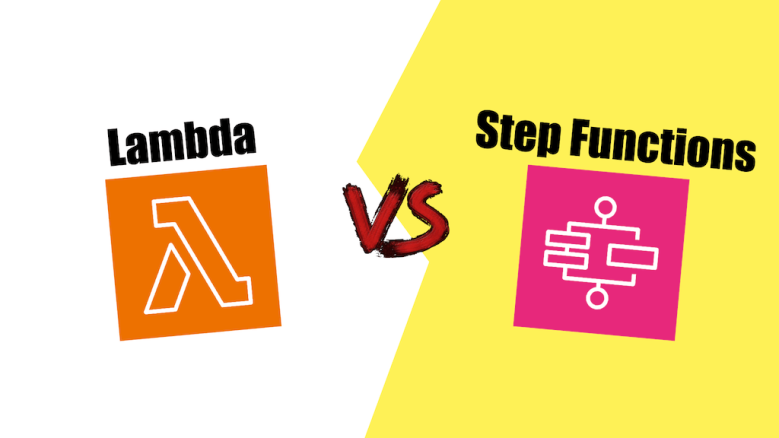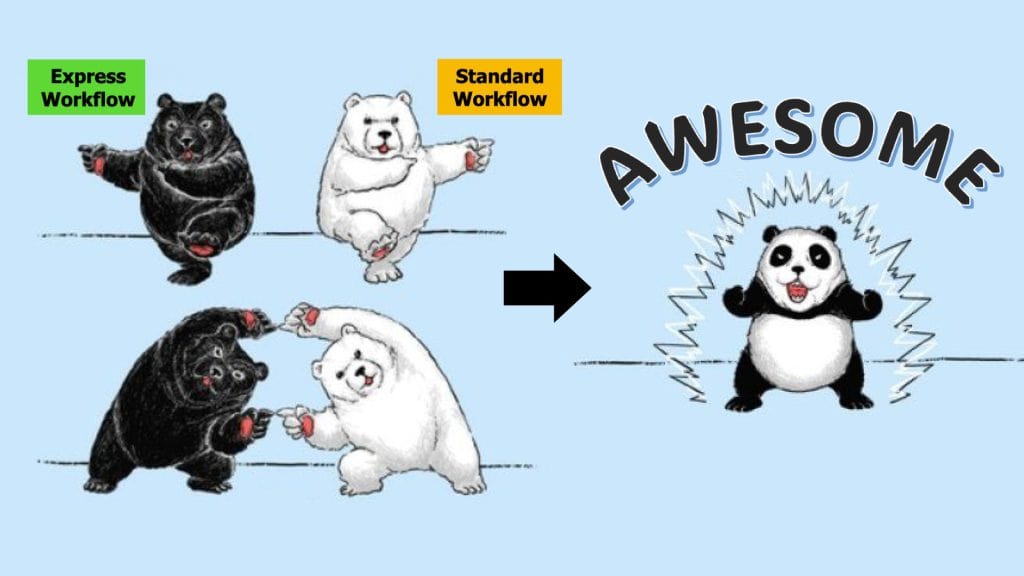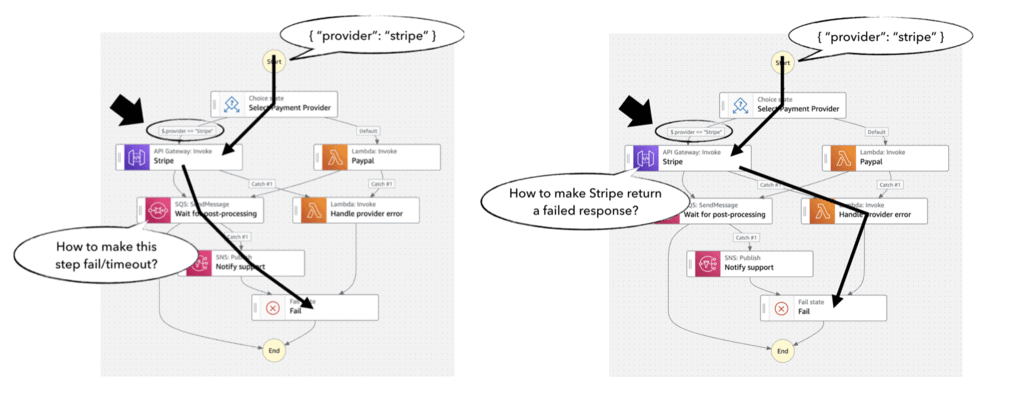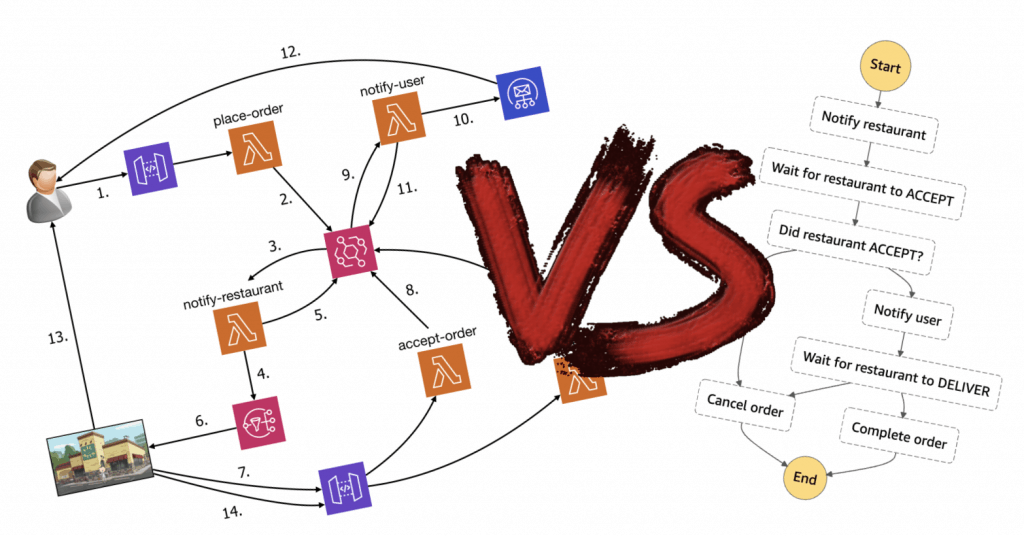What’s the best way to do fan-out/fan-in serverlessly in 2024?
Back in 2018, I shared several ways to implement fan-out/fan-in with Lambda. A lot has changed since, so let’s explore the solution space in 2024.
Remember, what’s “best” depends on your context. I will do my best to outline the trade-offs you should consider.
